Creative Ways to Teach Thermal Power Plant to Engineering Students
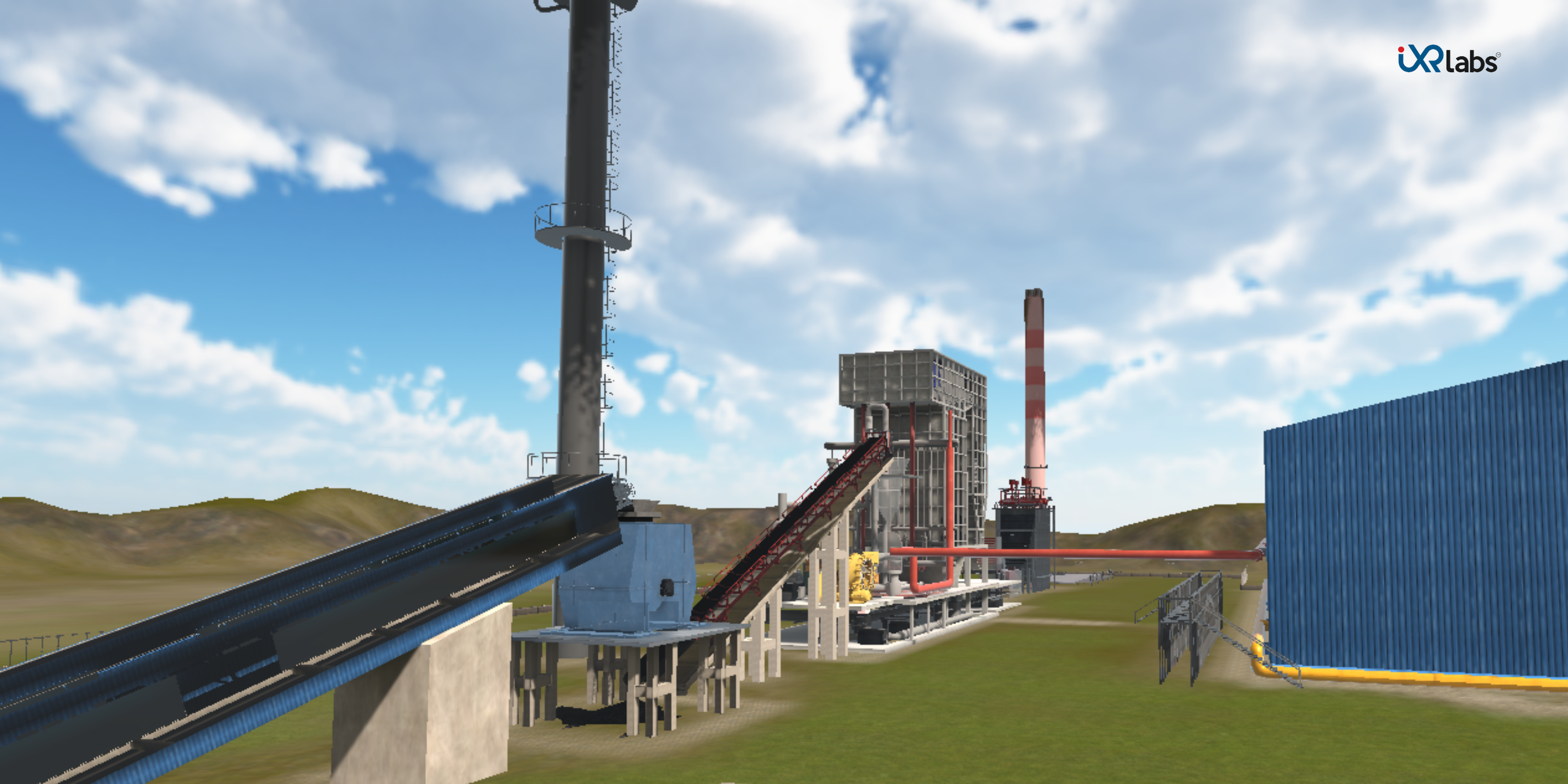
The world of engineering is brimming with fascinating subjects and one that holds paramount importance is the concept of the Thermal Power Plant. These powerhouses generate electricity by harnessing the heat energy from various sources.
However, conveying the intricacies of these complex systems to engineering students can sometimes be a challenging task.
That's where innovative teaching approaches come into play, offering a fresh perspective and making the learning process engaging and rewarding.
In this blog, we'll explore five creative methods to teach Thermal Power Plant to budding engineers, all to enhance their comprehension and enthusiasm for this critical topic.
Virtual Reality Tours of Thermal Power Plants
Embarking on a journey into the heart of thermal power plants is a tantalizing prospect for engineering students.
Envision them strolling through the very corridors of a plant, interacting with its components, and delving into its mechanisms.
This immersive experience transcends imagination with the advent of Virtual Reality (VR) tours. For a more comprehensive understanding, students can explore a cutting-edge 3D model of a thermal power plant, providing a realistic and interactive representation of its intricate design and operational features.
A virtual industrial visit to Thermal Power Plant transports students into a realm where they virtually step into the world of energy generation.
Through the magic of VR engineering, learners traverse various sections of a power plant, from the intricate workings of the boiler room to the majestic expanse of the turbine hall.
This transformative encounter offers an unparalleled understanding of the plant's layout, machinery, and operations.
By witnessing realistic simulations of heat generation, steam circulation, and electricity conversion, students gain a tangible connection to theoretical concepts, making their learning journey truly come alive.
iXR Labs brings this vision to life through interactive virtual tours for setups like the Wind power plant, thermal power plant, Solar power plant, etc.
By utilizing the power of iXR Labs' advanced VR modules, students can virtually walk through every section of a power plant, from the boiler room to the turbine hall.
This hands-on experience provides a deep understanding of the plant's layout, equipment, and operations.
Realistic simulations allow students to witness the intricate processes involved in heat generation, steam circulation, and electricity conversion, bringing theory to life.
Gamified Learning for Concept Mastery
Learning becomes more effective when it's engaging and enjoyable. That's why iXR Labs has developed gamified modules that turn studying into an exciting adventure.
Through interactive challenges and problem-solving scenarios, students apply theoretical knowledge to practical situations.
For instance, they can optimize fuel consumption while maintaining plant efficiency or troubleshoot equipment malfunctions to get to know how Thermal Power Plant work.
By gamifying the learning experience, students not only grasp concepts better but also develop critical thinking skills essential for real-world engineering challenges.
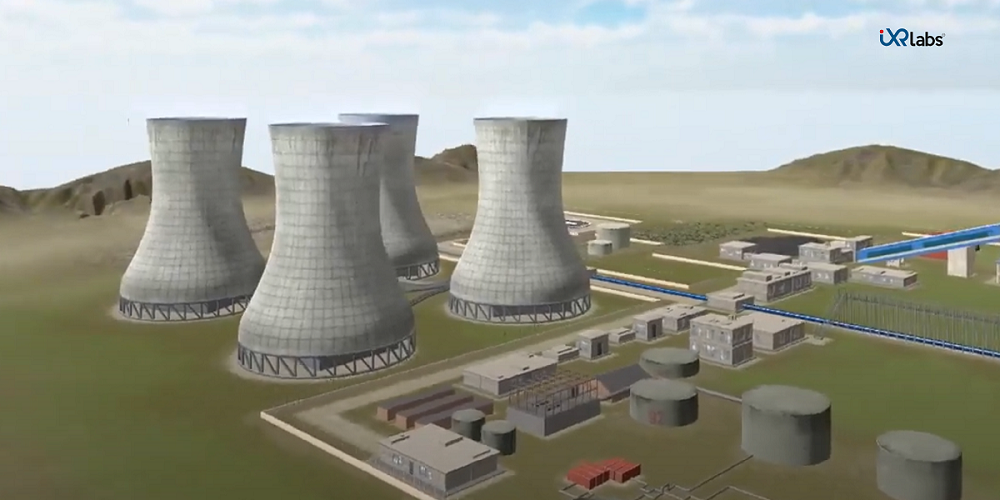
Simulations for In-depth Understanding
The essence of impactful teaching revolves around guiding students toward hands-on exploration and the observation of outcomes.
In the field of thermal power plants, the power of virtual reality (VR) simulations becomes evident. These simulations empower budding engineers to manipulate diverse parameters, revealing the profound impact on the performance of a Thermal Power Plant.
Furthermore, the integration of a thermal power plant 3D model enhances this educational experience, allowing students to visually and interactively explore the intricacies of the thermal power plant design and operation in a highly immersive virtual environment.
From tweaking steam pressure to deciphering heat transfer rates and refining control systems, these simulations provide a secure arena for experimentation.
This experiential learning approach paves the way for a more profound comprehension of the intricate interplay of factors that govern the realm of thermal power generation.
By engaging in these simulated scenarios, students immerse themselves in a dynamic learning experience that transcends theoretical concepts and ventures into the realm of practical understanding.
With iXR Labs’s tailored VR simulations, budding engineers can delve into a realm where the manipulation of diverse parameters isn't just an abstract concept, but a tangible and enlightening experience.
These simulations don't merely simulate, instead, they provide a secure and immersive arena for experimentation, allowing students to embrace a hands-on approach without real-world repercussions.
"Ready to ignite curiosity in your students? Explore creative methods to teach thermal power plants and spark their engineering passion today!"
Real-world Case Studies for Practical Context
Linking theoretical knowledge to practical applications is a cornerstone of engineering education.
Through a series of compelling case studies, students gain invaluable insight into the pivotal role of thermal power plant in global energy production.
These case studies span a wide spectrum of scenarios, encompassing everything from tackling environmental challenges to fulfilling the ever-shifting requirements of energy consumption.
By grounding the learning process in practical contexts, students come to comprehend the profound impact of their studies on the trajectory of sustainable energy solutions for our world.
Fostering Collaborative Learning for Holistic Understanding
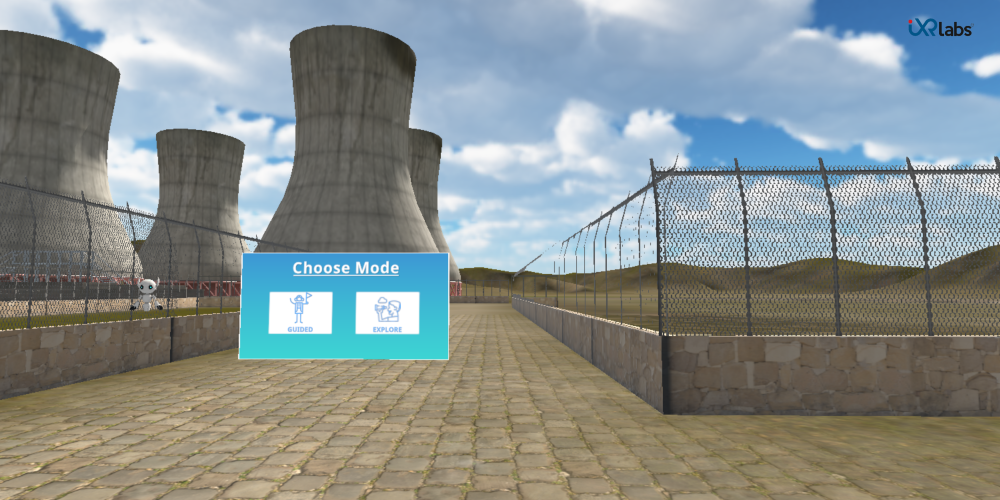
In the world of engineering, collaborative skills are as crucial as technical expertise.
Working together to solve intricate challenges is a cornerstone of the profession. In the context of teaching thermal power plants, fostering collaborative learning is essential to preparing students for their future careers.
Engineering students benefit immensely from collaborative activities that promote teamwork and communication.
By engaging in group projects centered around thermal power plant simulations, students can collectively design novel plant layouts, brainstorm innovative cooling solutions, and optimize operational procedures.
These collaborative endeavors offer a unique opportunity to exchange ideas, harness each team member's strengths, and develop a comprehensive grasp of the multifaceted nature of engineering projects.
Collaborative learning extends beyond the classroom, mirroring the collaborative dynamics seen in the engineering industry.
By working together, students gain insights into diverse perspectives and problem-solving approaches, preparing them to thrive in a professional world that often requires a collaborative effort to achieve ambitious goals.
Conclusion
Throughout this exploration, we've unveiled five creative methods to teach Thermal Power Plant, all designed to ignite passion and enhance comprehension among students.
From immersive Virtual Reality (VR) tours that take students inside the heart of power plants to gamified modules that turn learning into an exciting adventure, the possibilities are endless to teach engineering through modern technology.
iXR Labs, with its dedication to groundbreaking educational modules, has redefined the way engineering is taught.
With tailored VR simulations, students virtually engage with power plants, manipulating parameters and observing outcomes.
These simulations transform theoretical concepts into tangible experiences, nurturing a deep understanding of thermal power generation's intricate dynamics.
If you are interested in knowing more about VR for Civil Engineering education, you can visit www.ixrlabs.com
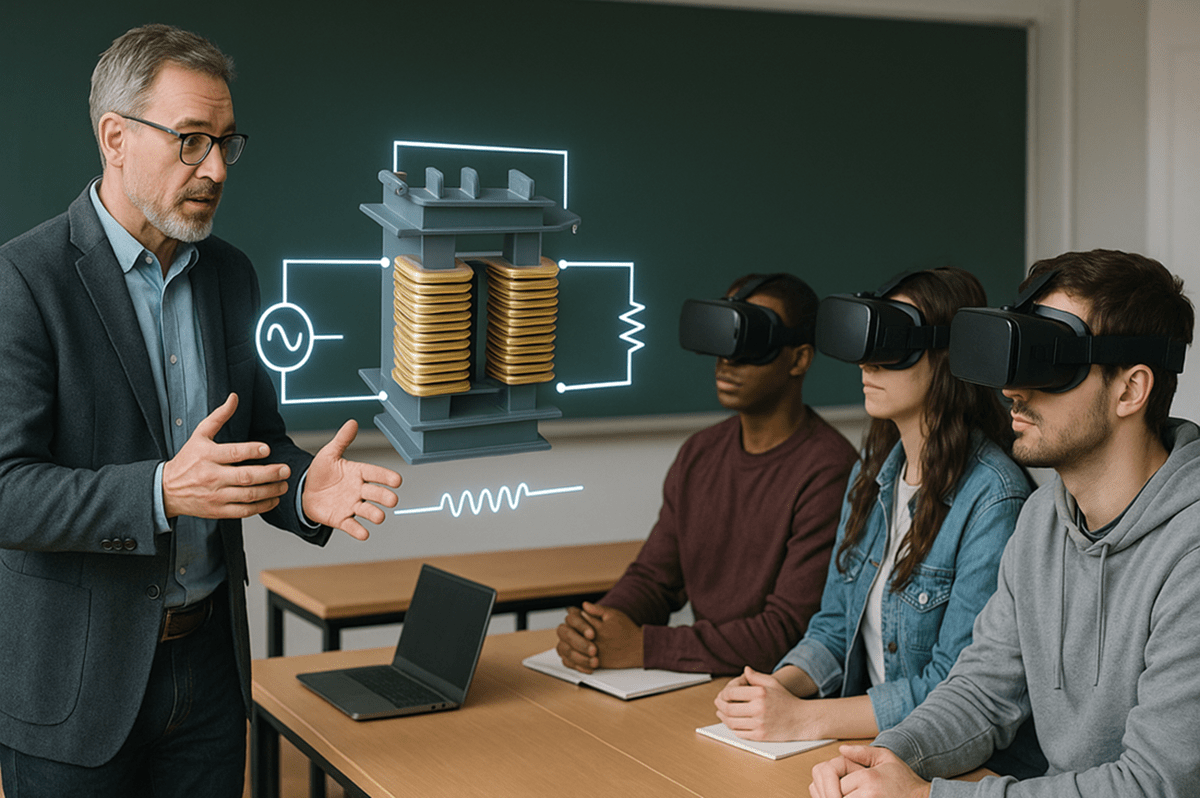
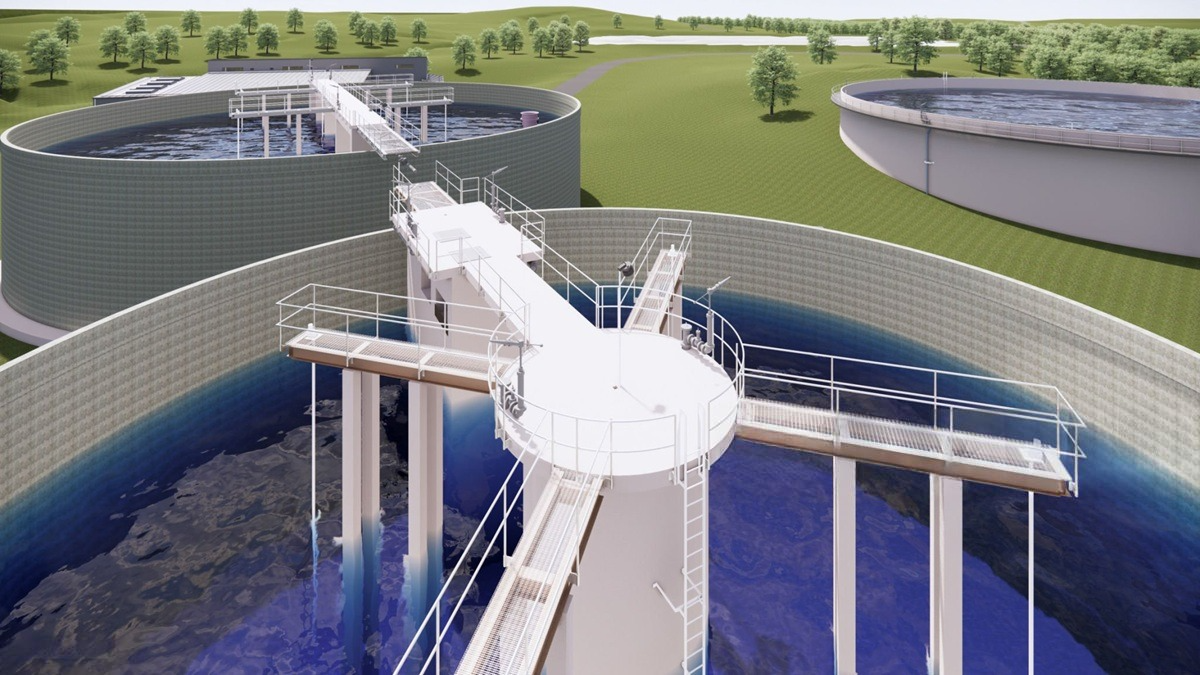
.png)
.png)

.png)